
Warner Bros.
It’s not hard to see where the idea for a licensed Formula 1 film came from: James Mangold’s excellent 2019 film Ford v. Ferrari which was both a domestic and international hit proving that there was a market for race-based big time spectacle on the silver screen.
Marry that with the success of 2022’s Top Gun: Maverick (also helmed by director Joseph Kosinski), which used IMAX-certified Sony Venice 6K cameras to get unprecedented fidelity in and around the fighter jets, and it becomes very clear where the idea of doing F1 races on the big screen came from.
F1: The Movie stars Brad Pitt as Sonny Hayes, a race car driver running seed races coast to coast while living out of his camper van.
Former teammate turned Formula 1 team owner Ruben Cervantes (Javier Bardem) offers Sonny a shot at redemption by joining the team and mentoring rookie driver, Joshua Pearce (Damson Idris).
Cervantes needs his team to win one of the last nine races of the season to maintain ownership, setting up the requisite high-stakes ending for a sport that doesn’t have a traditional “championship game.”
Joshua, who resents sharing the spotlight with a veteran. The main action of the film is an opportunity to essentially advertise F1’s schedule to the movie going audience. As you would expect from a licensed product, the image of being a Formula 1 race car driver is carefully constructed, sometimes to the point where you can feel the sledgehammer of corporate influence hanging over each and every choice. “I’m offering you an open seat at Formula 1. The only race where if you win that weekend, you are the best in the world.” When Bardem intones these lines to Pitt you can almost hear the license checks cashing.
If that sounds overly cynical, it isn’t entirely negative.
F1: The Movie the film, got unprecedented access to the workings of F1, the circuit and the process of how a driver actually prepares to run races in a Formula 1 car is both fascinating and cinematic. I have no doubt that the circuit insisted on using the film as an opportunity to increase its prestige by showing off just how knowledgeable modern-day drivers need to be in order to safely race and as with a movie like Heat, seeing the actual tradecraft in play is really interesting.
The single best thing about F1 is the technical excellence on display at conveying the extreme speed and danger of world class auto racing along with the detail to make the skill of the driver legible to a mass audience.
Formula 1 in the 21st century is a game of millimeters and much more reliant on computer based traction control and simulated planning than non enthusiasts might think, so the movie exaggerates the human element in running a Grand Prix these days, but I think the movie strikes a nice balance between truthfulness in method and what’s going to be exciting for the screen.
No real chances were taken with the script which draws from Top Gun Maverick and earlier Jerry Bruckheimer production Days of Thunder. This is a classic “old dog with one last shot at the big time” crowd pleasing story. The story is a vehicle (no pun intended) to get Formula 1 footage on IMAX cameras and it mostly works.
It’s ironic given that F1 was co-financed by Apple for their streaming platform because this film is really dependent on the theatrical cinematic experience to achieve its full effect.
On a television, or a laptop, F1 is an agreeable enough mixture of narrative cliches and action sequences but in the theater with a Dolby sound system and a massive screen the racing sequences become towering spectacles– more akin to something like Godzilla than just a movie about cars. Kosinski’s work in getting the actors on actual tracks going at high speed is something to be appreciated.
Extras include featurettes.
Recommended.




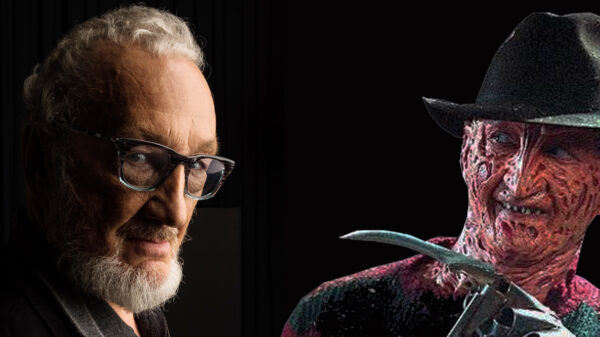


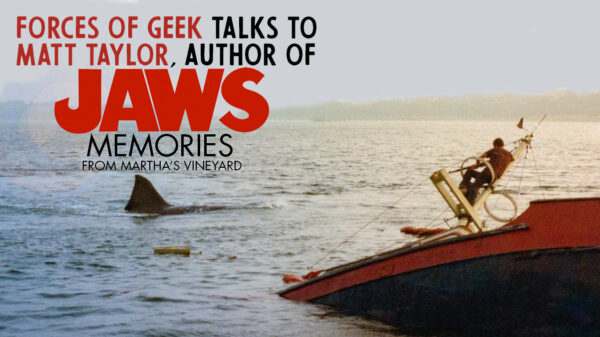
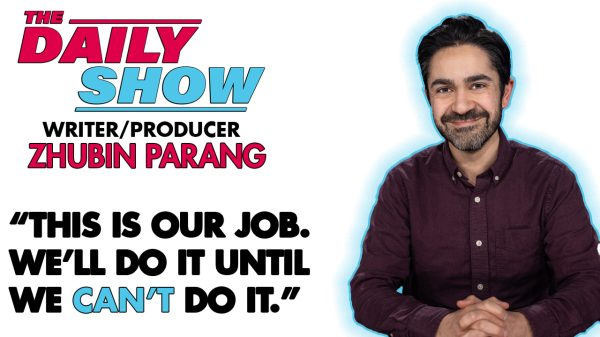

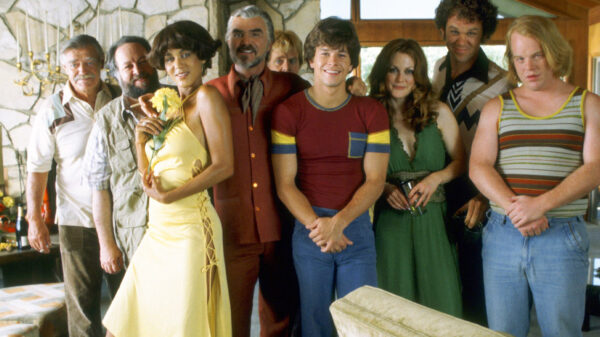
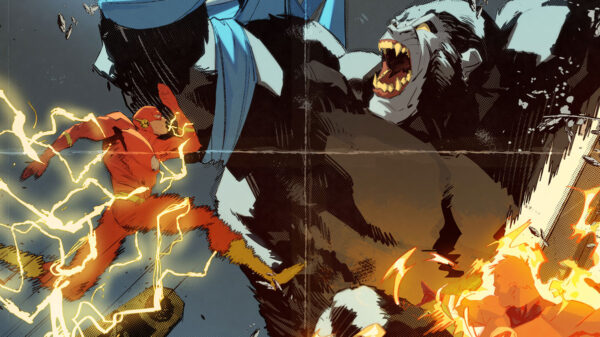

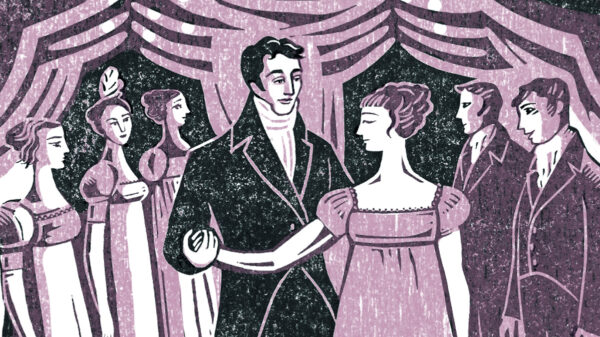






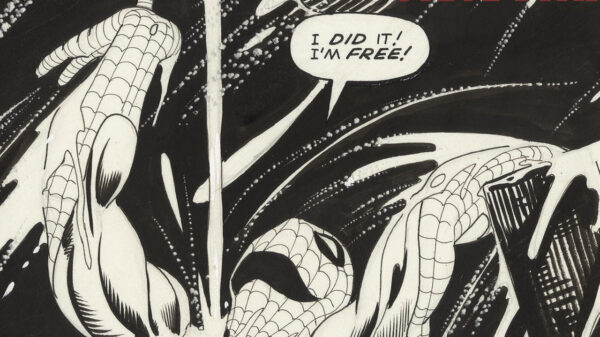
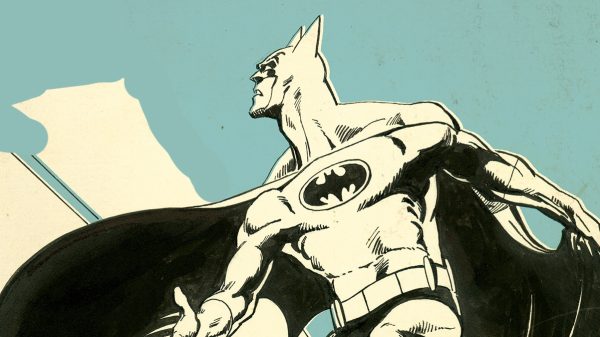

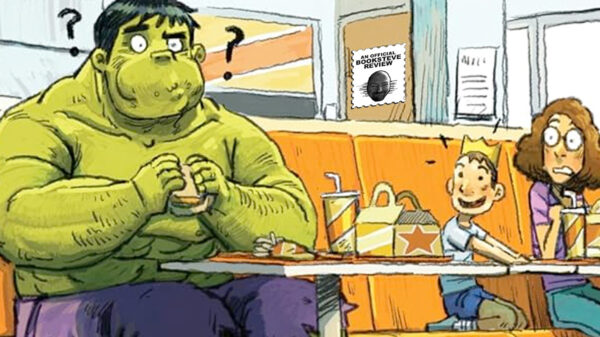
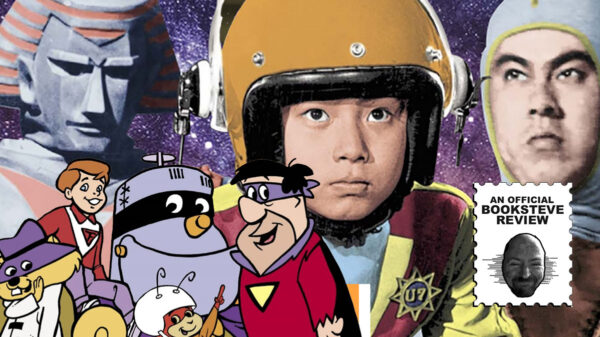










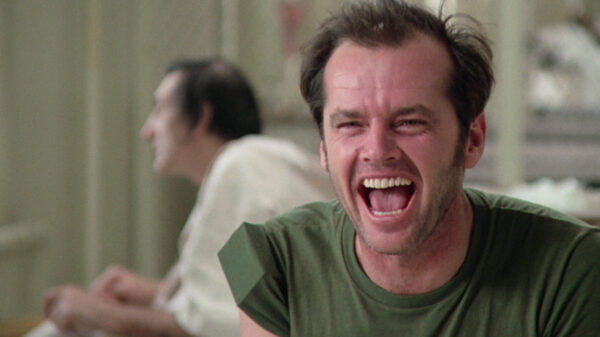


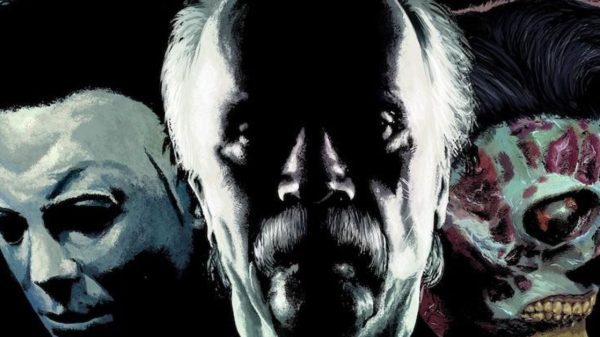

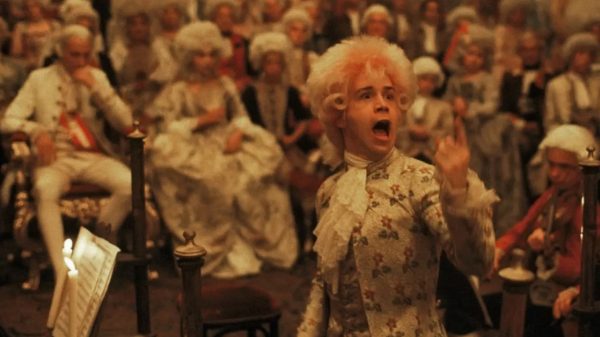












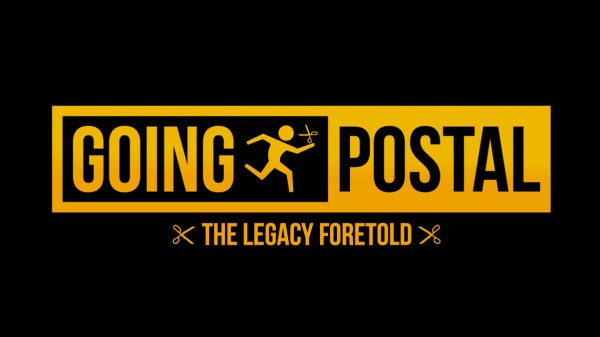


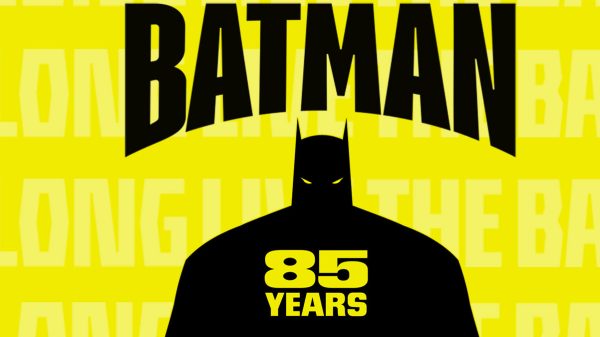


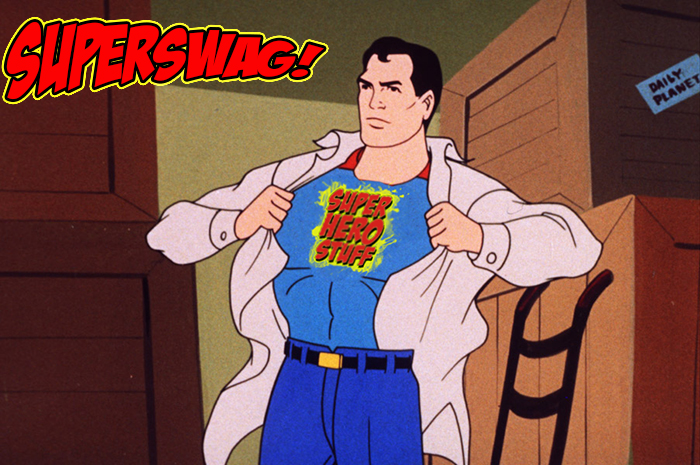






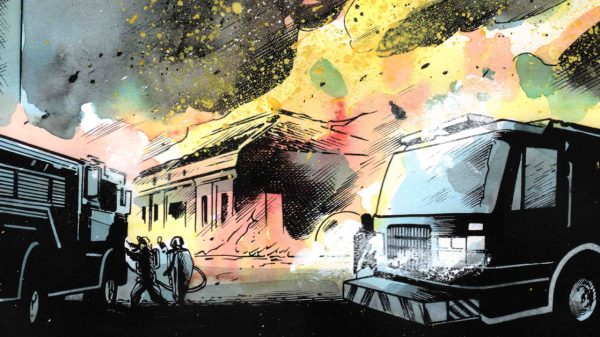
















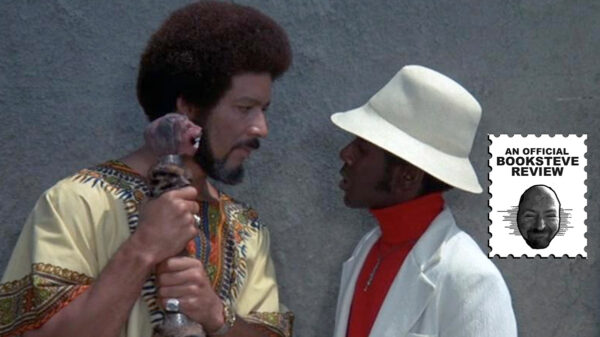
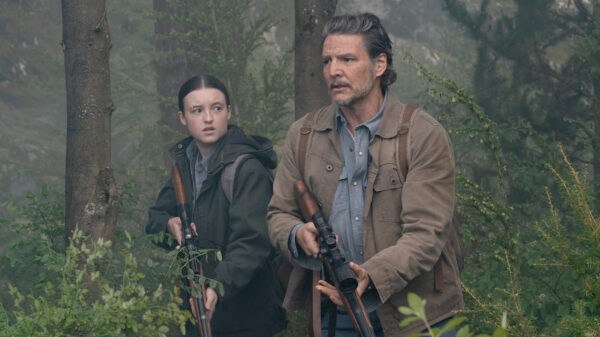




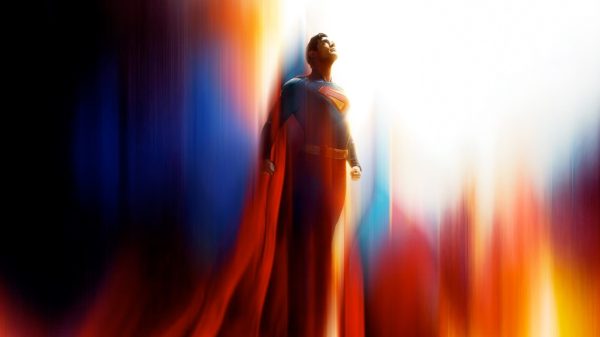







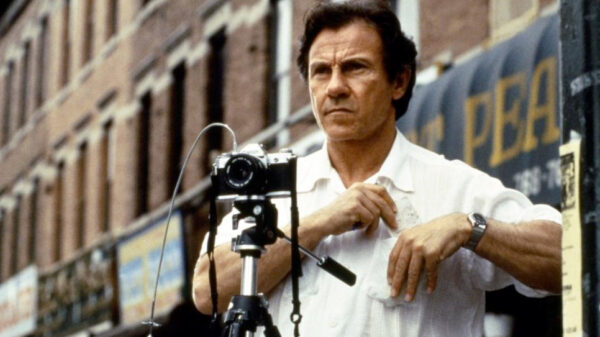
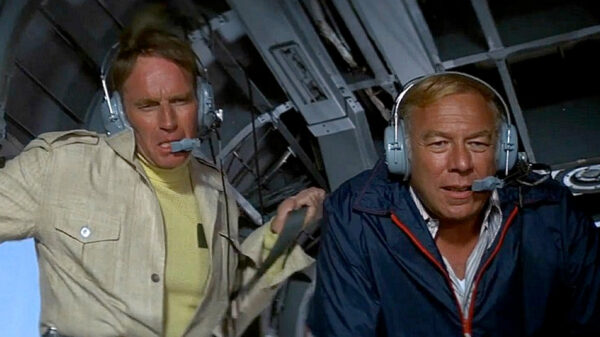


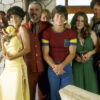

You must be logged in to post a comment Login